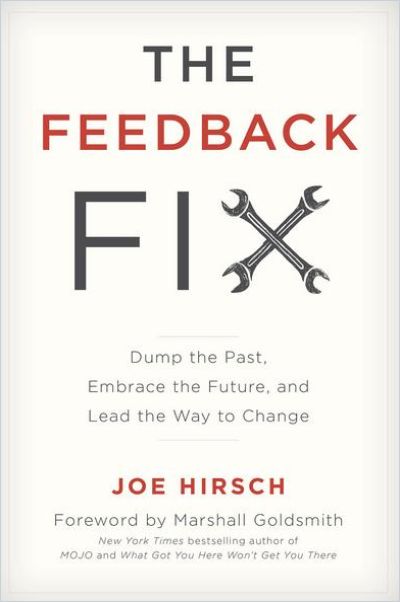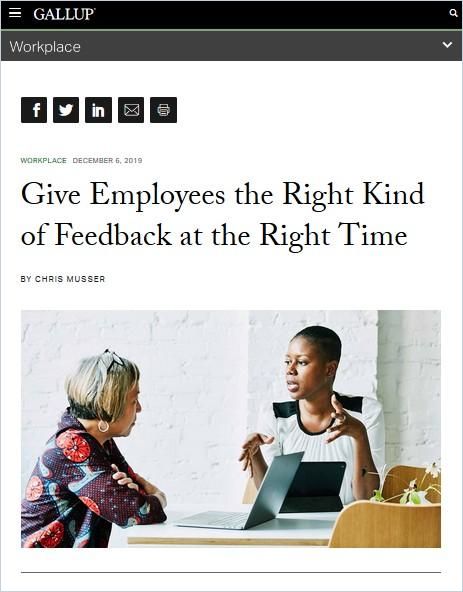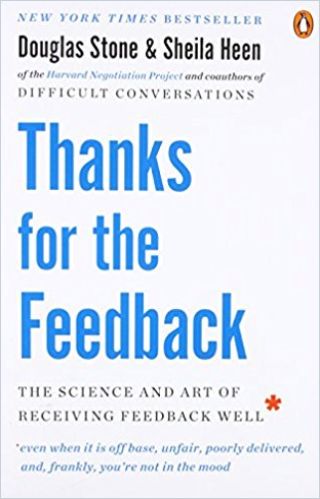Feedback: Embrace It, Don’t Brace for It

Feedback makes many uncomfortable. Those giving it are often afraid of hurting feelings or coming across as micromanagers. Vice versa, most people have difficulty receiving feedback. Our inborn negativity bias has a lot to do with it: Our brains are wired to react to negative stimuli faster and dwell on them for longer. We tend to feel the sting of a rebuke more intensely than the joy of praise.
In fact, brain scans performed on people receiving feedback on their performance found that feedback actually triggers hormones in the brain associated with a stress. This fight-or-flight response disrupts the functioning of the cerebral cortex – the logic center of the brain – and hands control to the brain’s emotional center, the amygdala.
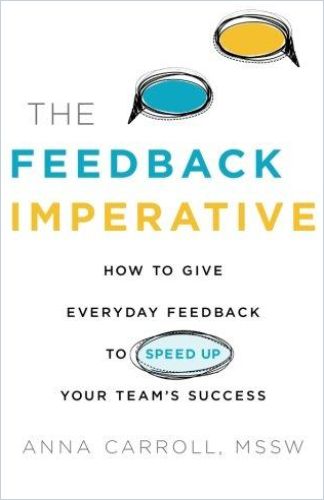
Yet feedback is also necessary. It empowers employees to reach their goals. It helps them with their personal development. And, if delivered regularly, timely feedback can prevent small issues from turning into bigger ones down the road.
Performance Reviews Versus Continuous Feedback
Yearly performance reviews are getting out of fashion – for good reason. Many companies are opting instead for a more continuous feedback process. In fact, some big-name companies like Adobe, GE and Deloitte have done away completely with what they consider an outdated yearly ritual.
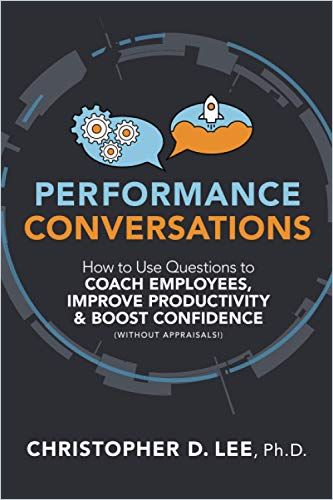
Annual performance reviews and continuous feedback, however, are not two mutually exclusive processes. In fact, the two approaches can be combined. Scheduling shorter, informal one-on-one feedback sessions throughout the year can take the fear of a negative surprise out of the annual performance review. By receiving continuous feedback, employees have a better idea of where they are at and how they are proceeding toward their goals.
getAbstract’s curated Feedback channel offers resources on how to give productive feedback – as well as how to receive it with grace. Here is a roundup of some of the best feedback practices we have found:
Advice for Feedback Givers:
- Don’t be too blunt. Brusqueness triggers defensiveness in the feedback recipient and leads to reduced employee engagement.
- Meanwhile, refrain from watering down negative feedback with an avalanche of positive affirmations. You will not get your message across and thus deny the other person an opportunity to grow.
- Don’t feel bad about pointing out mistakes – you would be doing the other person a disservice by depriving them of a learning opportunity.
- Address problems in a timely manner.
- Before delivering feedback, consider the issue from the other person’s perspective.
- Listen more than you talk. This will invite the feedback recipient to reflect on the issue more deeply – and come up with his or her own solutions.
- If the area of improvement you seek to address involves an objective error, let the feedback recipient know directly.
- If, however, the issue is more subjective, find out first whether others feel the same way about the issue. Then describe your view to the feedback recipient in an open dialogue.

Give More Feedback – Others Want It More Than You Think
Behavioral Scientist Read Summary
Give Compassionate Feedback While Still Being Constructive
The New York Times Read SummaryAdvice for Feedback Recipients:
- Feedback can trigger strong emotions. If this happens, write down the feedback message and come back to it later. At that point, you’ll be less reactive and more able to draw relevant lessons that will help you grow.
- Don’t take feedback personally, but try to regard it simply as information.
- If someone points out an objective mistake you have made, own it. People will forget your mistakes but they won’t forget how you handled them.
- Instead of listening with your mind working on how you can refute the criticism, argue against it or make a judgment, listen fully in order to understand.
- Keep an open mind, and view the feedback as helpful or, at least, intended to be helpful.
- Welcome feedback as learning opportunities that allow you to grow.
- Feedback comes in many forms – and does not need to be delivered in a formal way. Casual comments, shared daily observations or even a pause of silence can serve as a form of feedback.
- Solicit feedback in a way that suits the situation you’re in. In formal situations, such as during a one-on-one with a superior, ask targeted questions about concrete work challenges. In informal scenarios, such as during brainstorming sessions or in your personal relationships, you will want to phrase your questions in a more open-ended way.
- Clarify your understanding of the feedback with follow-up questions – and make sure you come away with concrete steps you can take to address the subject of the feedback.

The Best Leaders are Feedback Magnets – Here’s How to Become One
First Round Review Read Summary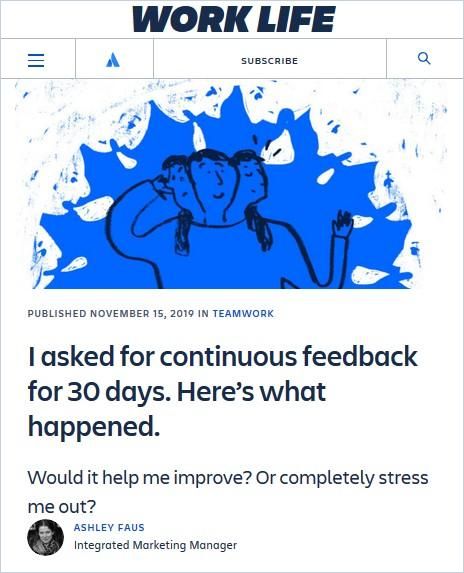
I asked for continuous feedback for 30 days. Here’s what happened.
Atlassian Read SummaryRemember Who’s in Control
If delivered and received properly, feedback contributes to a healthy, productive work environment. So don’t shy away from giving it – and don’t be afraid of receiving it. The feedback process is a continuous learning opportunity – for both sides involved.
